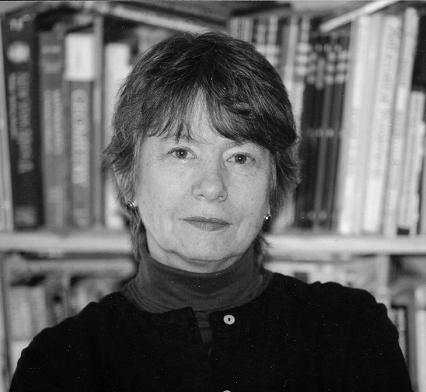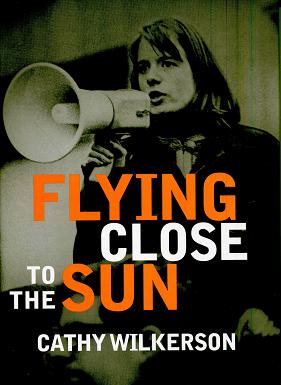A Radical Recounts
Cathy Wilkerson's New Memoir, Flying Close to the Sun

On the morning of March 6, 1970, several boxes of dynamite intended for a series of pipe bombs detonated in the basement of a historic Greenwich Village townhouse. The blast reduced the building to rubble, killing three young activists. The fourth, Cathy Wilkerson, survived and escaped, spending the next few years hiding from the FBI. Now a parent and educator, she’s told the story of her experience as a 1960s radical with a new book, Flying Close to the Sun: My Life and Times as a Weatherman.
The title, suggesting only an account of time spent in the renowned revolutionary student group, belies the work’s more fully autobiographical nature, which gives the reader a nuanced picture of Wilkerson’s life and motivations. “I went to public school in rural Connecticut, and we said the Pledge of Allegiance every morning,” Wilkerson explained on the phone from upstate New York. “What stuck with me was, ‘for liberty and justice for all.’ As I grew older, I began to see instances where that wasn’t true, and where, in fact, the playing field was not level, and there wasn’t equal access to democracy. The ’50s was a big time for promoting democracy and patriotism, and I inhaled all of that: I thought democracy was a great thing, but that we didn’t completely have it. When I heard about the Civil Rights Movement, I thought, ‘These are people really working to bring that democracy onto a level playing field.'”
Witnessing African-Americans struggle for equal treatment lent the young Wilkerson a fire of will to pursue social change, but it wasn’t until the Students for a Democratic Society (SDS) grew into a national presence that she had an outlet for her desire to affect it. “Vietnam and the nuclear weapon issue also made me aware, but very fearful,” she said of the main causes around which SDS then rallied. “It wasn’t until my introduction to the group that I began to be hopeful. I thought, here were young people with an imagination of how things could be better who were joining together in a community to support each other and fight for that reality.”
While Wilkerson found an early niche in neighborhood improvement programs, the ineffectiveness of SDS at a larger scale proved disappointing. “SDS was highly functional on the local level,” she observed, “but it was never functional on the national level. In terms of actually engaging the war machine, closing down draft induction centers, and educating students one-on-one, all the actual work happened at the local level. The national organization was accessible, but it could never pass a consistent program from one meeting to the next because our structure was primitive and inept, unable to deal with our size and enormously wide range of views. Some people wanted to push the Democratic Party to take on more of the critical questions of the time, and some were part of a cultural rather than a political movement. By the late ’60s, there were even members who defined themselves as revolutionary communists. All of us were there together.”

Flying Close to the Sun follows Wilkerson’s rise from enthusiastic local SDS activism to regional leadership in Washington D.C. and Chicago, then traces her transition to the angrier, more violent faction, Weatherman, and, after that fateful day in 1970, her long, isolated stretches in what became known as the Weather Underground. Now more than ever, she feels that the young and aware can benefit from a chronicle of her experience. “The issues we explored in the ’60s have relevance, although not knee-jerk application, for today’s young people,” she said. “For example, the issue of what it really means to respect women within progressive movements and in society at large. I also think we brought a new dimension in the ’60s to the conversation about equality: the context of diversity. Today, we’re dealing with both equality and cultural diversity, which is wonderful but not easy to achieve. Issues of power, violence, and social change matter, whether we’re talking about the presidency of the United States or activism in the defense of labor, minorities, and the constitution. Knowing the history is critically important.”
4•1•1:
Cathy Wilkerson will speak and sign copies of Flying Close to the Sun at a private home in Santa Barbara on Tuesday, November 20, at 5:30 p.m. For more information or to reserve a space at this event, email rflacks@soc.ucsb.edu.



